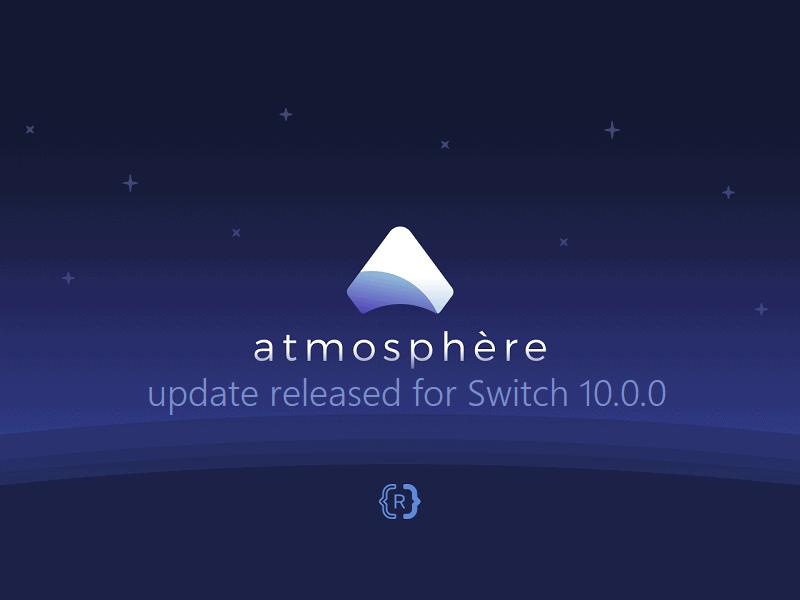We recently reported that back on April 13th Nintendo dropped a pretty large update on us for our Switches. Of course, the question that is always on everyone’s mind when a new firmware drops is how long do they have to wait to get their CFW up and running for that OS. Well with Atmosphere, you didn’t have to wait long apparently. The CFW has hit and we’ve got the details. If you’re looking for SX OS, you still need to wait. Sorry!
Yesterday @scriresM tweeted:
https://twitter.com/SciresM/status/1250176567021457411?s=20
Then today @sciresM tweeted an update:
https://twitter.com/SciresM/status/1250343415960580098?s=20
Changelogs for 0.11.X:
- ‘A bug was fixed that could cause owls to flicker under certain circumstances.
- For those interested in technical details, in 10.0.0 kernelldr/kernel no longer set cpuactlr_el1, assuming that it was set correctly by the secure monitor.
- However, exosphere did not set cpuactlr_el1. This meant that the register held the reset value going into boot.
- This caused a variety of highly erratic symptoms, including causing basically any game to crash seemingly randomly.
- A number of other major inaccuracies in exosphere were corrected.
- General system stability improvements to enhance the user’s experience.
The changelog for the previous release, 0.11.0 is as follows:
- Support was added for 10.0.0.
- Exosphere has been updated to reflect the new key import semantics in 10.0.0.
- kernel_ldr now implements physical ASLR for the kernel’s backing pages.
- Loader, NCM, and PM have been updated to reflect the changes Nintendo made in 10.0.0.
- Creport was updated to use the new
pglservice to terminate processes instead ofns:dev.
- A reimplementation of the
erpt(error reports) system module was added.- In previous versions of Atmosphere, a majority of error reports were prevented via a combination of custom creport, fatal, and stubbed eclct.
- However, error reports were still generated via some system actions.
- Most notably, any time the error applet appeared, an error report was generated.
- By default, atmosphere disabled the uploading of error reports, but going online in OFW after an error report occurred in Atmosphere could lead to undesirable telemetry.
- Atmosphere’s
erptreimplementation allows the system to interact with existing error reports as expected. - However, all new error reports are instead saved to the sd card (
/atmosphere/erpt_reports), and are not committed to the system savegame.- Users curious about what kind of telemetry is being prevented can view the reports as they’re generated in there.
- Reports are saved as msgpack (as this is what Nintendo uses).
- Please note, not all telemetry is disabled. Play reports and System reports will continue to function unmodified.
- With atmosphere’s
erptimplementation, homebrew can now use the native error applet to display errors without worrying about generating undesirable telemetry.
- libstratosphere and libvapours received a number of improvements.
- With thanks to @Adubbz for his work, the NCM namespace now has client code.
- This lays the groundwork for first-class system update/downgrade homebrew support in the near future.
- In particular, code implementing the os namespace is significantly more accurate.
- In addition, Nintendo’s allocators were implemented, allowing for identical memory efficiency versus Nintendo’s implementations.
- With thanks to @Adubbz for his work, the NCM namespace now has client code.
- General system stability improvements to enhance the user’s experience.’
Bottom line:
Feel free to use the 0.11.1 release as it has the most updated version of the custom firmware. You’ll use it the same way that you launched your previous Atmosphere releases, there’s no need for us to make a new tutorial. Enjoy!


